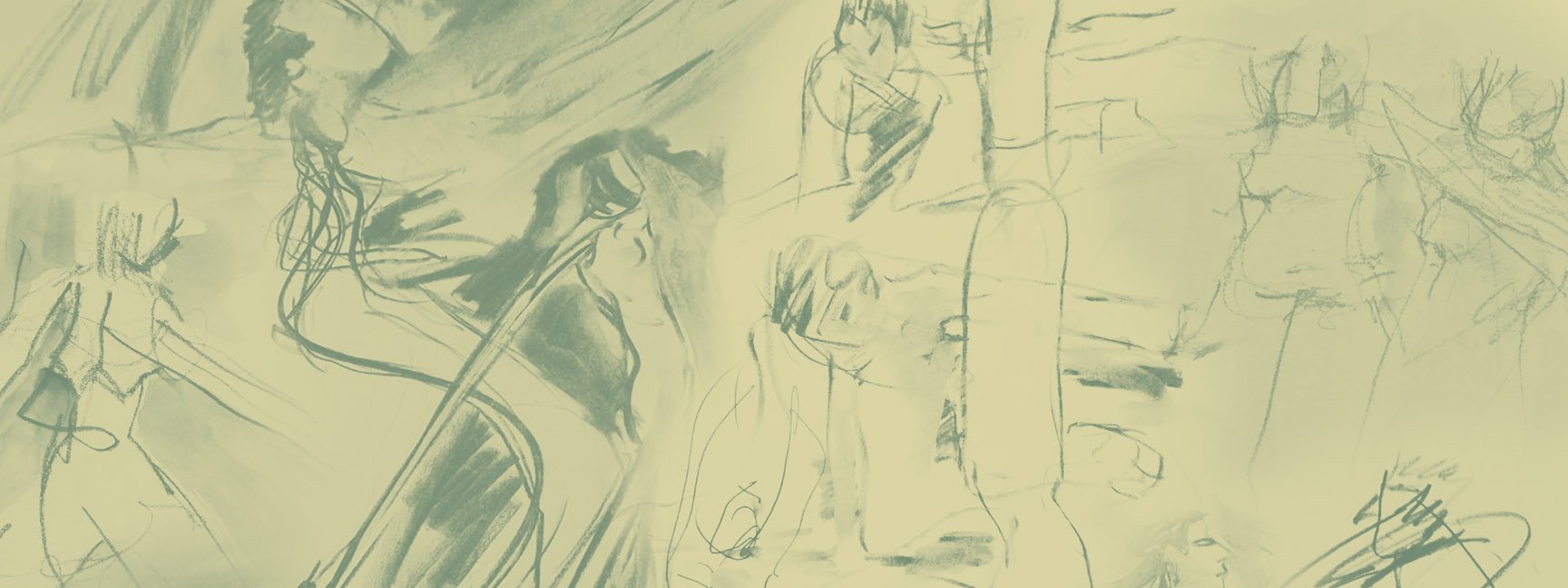
introduction
Everything on this archival website is definitively time stamped. The dances, the photographs, videos, and the writing are all artifacts arising from a particular time, place and circumstance in my life. And while most of the archive is static, the booklets and DVDs that make up The Choreographer’s Trust were specifically designed to be rifled through, argued with, and experimented upon in real time, in a present context. Anyone is welcome to learn the choreographies – in whole or in part – as a first-hand experience of the dancing; to teach any of the material to their students; or to develop classroom phrases or creative assignments based on the choreography. The essays documented in the The Choreographer’s Trust booklets capture my thinking at the time that I wrote them. While the theme of each essay is still of great importance to me, and I can hear myself reaching toward insights that do at times emerge, but they also reveal halting and faltering steps and stages in my own growth.
The Choreographer’s Trust materials capture solo works created between 1991 and 2000. These are some of my earliest dances, and in passing them on I hoped to gain insights around interpretation through the dancers I had chosen, as well as perspective on the strengths and weaknesses of my practice. The dancers for this project opened a new path forward for me. I am still learning through their artistry. I do hope you’ll take a look! - Peggy Baker, Toronto, June 2023
Peggy’s Introduction to The Choreographer’s Trust, first published in 2012:
I have lived a very full and remarkably long life as a dance artist. I entered the professional world at the age of twenty-two, and as I publish The Choreographer’s Trust almost four decades later, I am still at work. Throughout that long career, I have had the good fortune of working with extraordinarily gifted and accomplished choreographers, dancers, teachers, and coaches, and the privilege of performing superb works of choreography on some of the world’s greatest stages. My artistry has been shaped by the force of those experiences.
Between 1991 and 2009, I dedicated myself primarily to solo work. I’d go into the studio alone each day to train and to explore and develop choreographic material in order to prepare myself, and the dances that I created or had taken on, for performance. As I approached my fiftieth birthday I became increasingly aware of the impermanence of my performing life. In the summer of 2002, realizing that unless I passed my dances onto others, the hard-won lessons embedded in them risked being lost when I retired. I embarked on what would become a 10-year initiative I call The Choreographer’s Trust.
The word “trust” carries, in this instance, a double meaning. It refers both to the notion of a body of work as wealth that may be endowed, and to the faith I place in the dancers to keep the works alive and well. With funding generously provided by the George Cedric Metcalf Foundation, over the course of four years I was able to pass on six dances, teaching each one to two dancers. In making gifts of these works I was able to give life to the dances that went far beyond my own performances. The educational DVDs and accompanying booklets that I produced with further financial support from the Metcalf Foundation capture six dances that are key to my creative life. I offer these documents to educators, historians, and critics as an intimate view of my work, and to dancers, at any stage in their journey, as an invitation to explore, inhabit, and embody a solo dance of the late twentieth century.
The banner on this page features a detail of sketches created in the studio by the late visual artist Jerry Silverberg as dancers learned these works. His work is featured on the booklet cover for Unfold, and the poster for the 2004 concert, Unfold.
